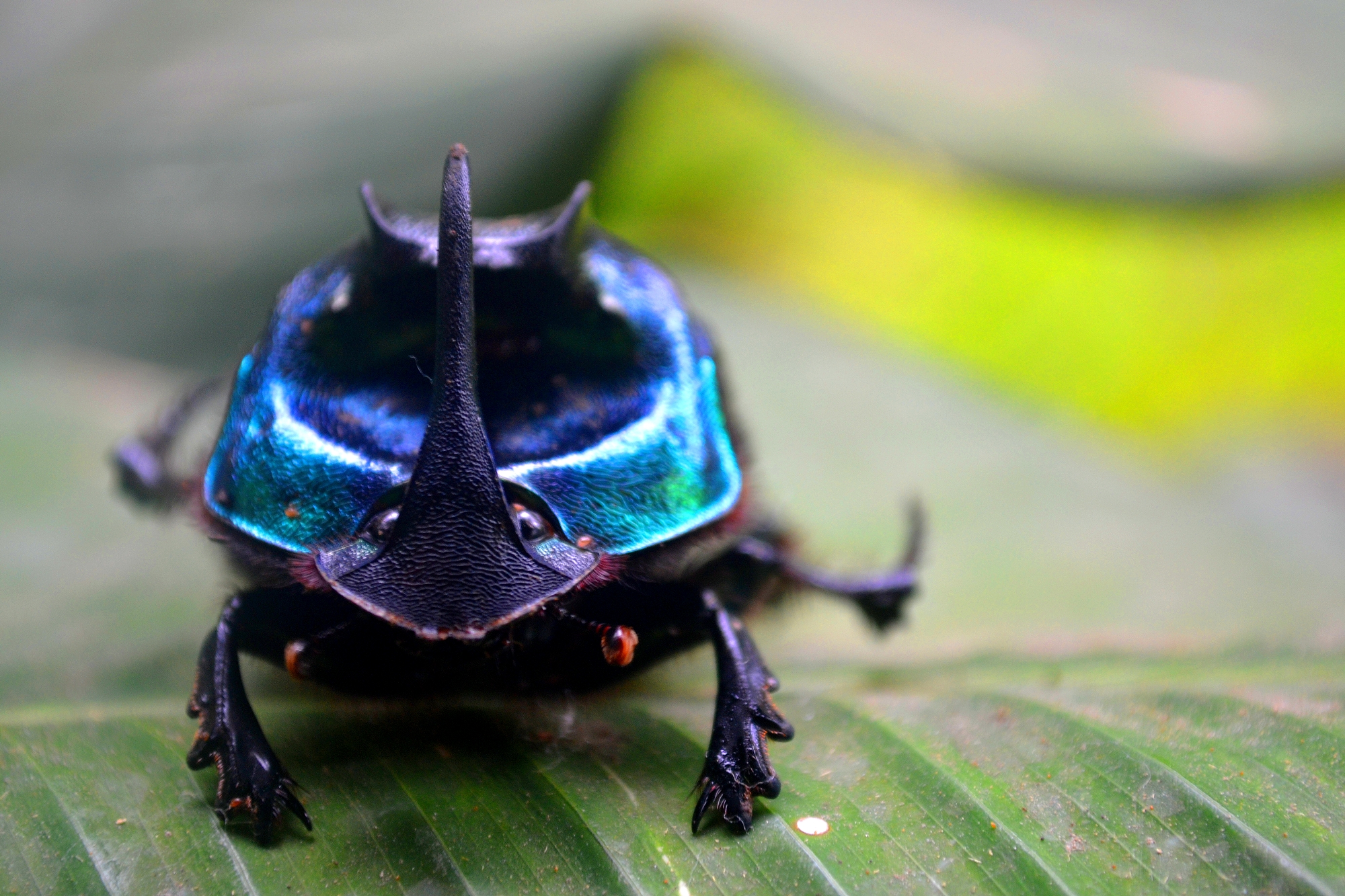|
Coprophanaeus Telamon
''Coprophanaeus'' is a genus in the family Scarabaeidae (scarab beetles). The genus is almost entirely Neotropical, with a single species, '' C. pluto'', ranging into southernmost Texas in the United States. They are medium-sized to large beetles, with the South American '' C. ensifer'' and '' C. lancifer'' sometimes exceeding in length, making these two some of the largest dung beetles in the world (together with certain '' Catharsius'' and '' Heliocopris'') and the largest in the Americas. They often have a horn on the head, and are typically a bright metallic color, most often blue or green (other colors also occur, for example red), or black., These diurnal or crepuscular beetles are excellent diggers and good fliers. Although part of the true dung beetle subfamily Scarabaeinae, adult and young ''Coprophanaeus'' primarily feed on carrion, but many species may also feed on feces. They are paracoprids, meaning that adults dig tunnels into the soil under the food source and ... [...More Info...] [...Related Items...] OR: [Wikipedia] [Google] [Baidu] |
Coprophanaeus Lancifer
''Coprophanaeus lancifer'' is a large species of beetle belonging to the family Scarabaeidae (scarab beetles). Description Adults typically are long, with an average length of . They can weigh up to 10 g, which is heavier than a hummingbird. This makes ''C. lancifer'' and the closely related ''Coprophanaeus ensifer, C. ensifer'' some of the largest dung beetles in the world (together with certain ''Catharsius'' and ''Heliocopris'') and the largest in the Americas. This beetle has a horn on the head that is always greater greater in size in males than females. However, this difference in size is insignificant in small individuals. Because the Sexual dimorphism, sexually dimorphic horn is only obviously present in large males and only obviously absent in large females, ''C. lancifer'' is characterized by its reduced sexual dimorphism compared with other species of the genus. Distribution It is found widely in the Amazon rainforest in South America and can be found throughout Vene ... [...More Info...] [...Related Items...] OR: [Wikipedia] [Google] [Baidu] |
